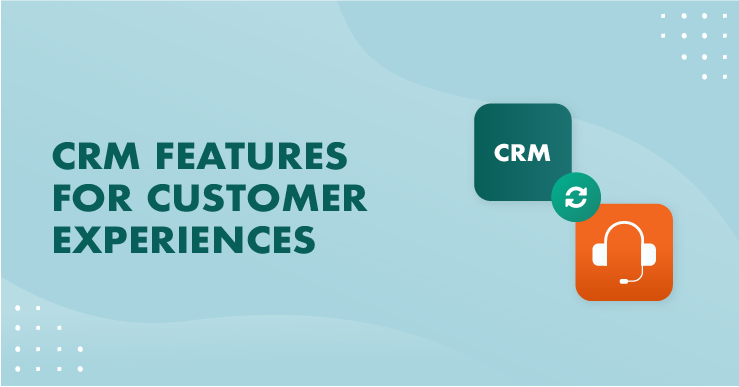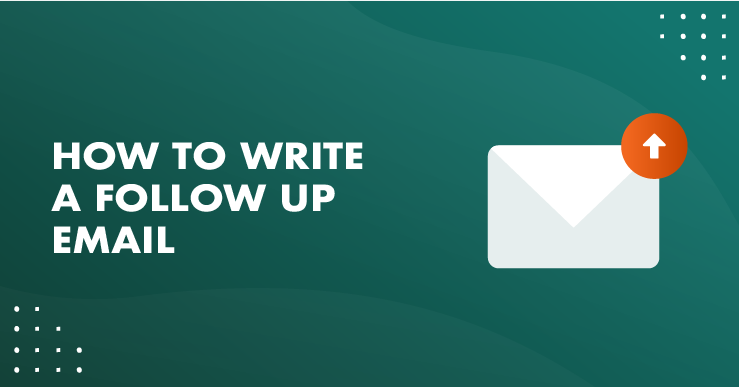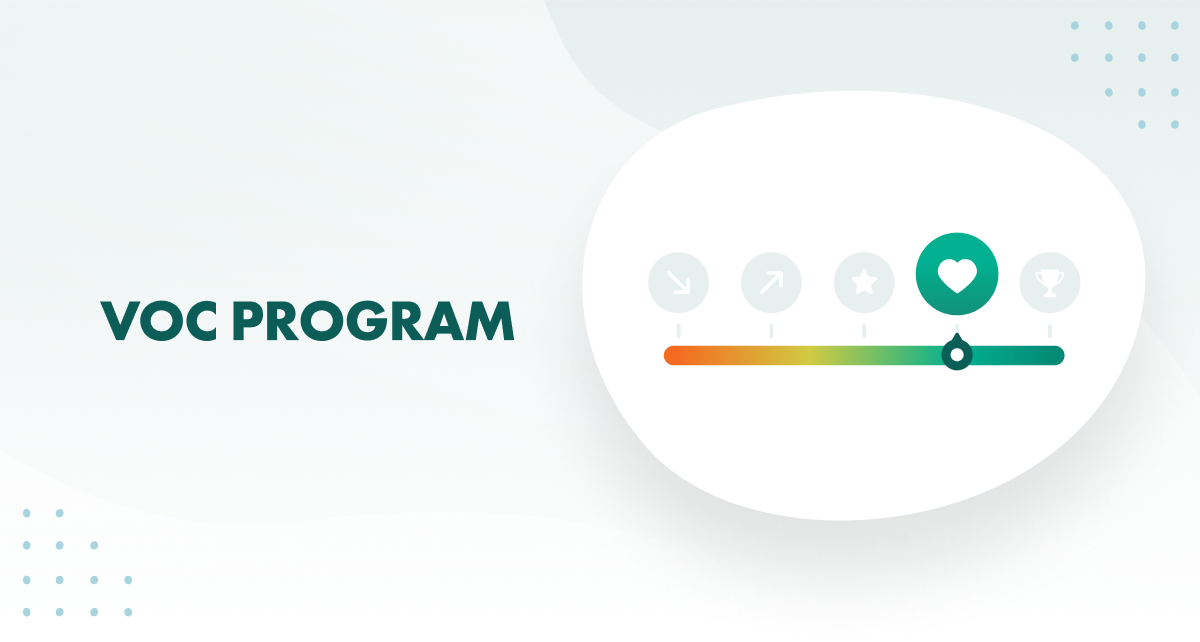Handling customer service requests and issues has really grown a lot in the last 10-15 years.
Back in the really old days, when you wanted to contact the customer service department, you either picked up the phone and called someone.
Every now and then you might send a real letter, but you would have to be quite upset to even be bothered to do that. Today, however, we have multiple communication channels to choose from, each with its own different aspects: phone, email, SMS, live chat, Facebook, Twitter and web forms, just to mention the obvious ones. There are upsides and downsides to each form of communication, and if you want to offer the best customer service possible, it’s a good idea to be aware of the pros and cons in what you offer.
1. Synchronous channels
Phone calls and chat fall into this category. Both require that the customer and the support agent be available at the same time. The advantage is that they can have an effective dialogue back and forth, and quickly find a common ground where the problem can be solved. The disadvantage is that you have to wait in line for a while before an agent is available. And if you’re outside support hours, there is no way to get in touch with the business. We’re talking about almost immediate gratification in this category. If I need help right now because my cable-tv isn’t working and the soccer match is on, I will call customer service and I expect to get an answer right away.
2. Asynchronous channels
Email, SMS, Facebook, Twitter and web forms are asynchronous. I can send you an email whenever it suits me, and you can respond whenever it suits you (hopefully reasonably soon). Since I don’t have to wait for you to become available, I can just send the email and then move on and do something else. And as a business, if you don’t have customers waiting on the phone, you don’t necessarily have to staff up to handle the peaks.
If you think about it, this is probably one of the reasons for why you use SMS on a private basis as well. If you want to invite someone over for dinner next Saturday, sending an SMS may seem more appropriate than calling. You send your question, and then it doesn’t matter whether the response is immediate or tomorrow (as long as it’s before you shop the ingredients). If I email a customer service department and ask them a question about my latest invoice, I probably don’t care whether the response takes 2 or 4 days.
Despite gauging how quick of a response time each of these channels can provide, it’s also a good idea to evaluate against how each channel is used and what it’s good for. With email, for instance, I can easily include pictures of whatever is broken. And when responding, it is much easier for a support agent to send me a PDF instruction manual as an attachment, rather than trying to explain to me over the phone how to operate my gizmo.
Conclusion
If you’re looking are looking to provide the best customer service possible to your customers, offer them different ways to contact you and different ways to communicate with you. People are different and work in different ways. Therefore, offering just one or two ways of getting in touch with you doesn’t cut it. Here’s an example of how you could use all the communication channels which create a great experience:
1. The customer calls in the problem
2. The support agent registers the problem and sends an email receipt with the tracking number to the customer
3. Later, when the problem has been resolved, an SMS is sent to the customer informing that the service is again operational.
4. Customer is happy and he has been informed every step of the way and feels valued
For more information on how to support a better customer service process, please contact us.




